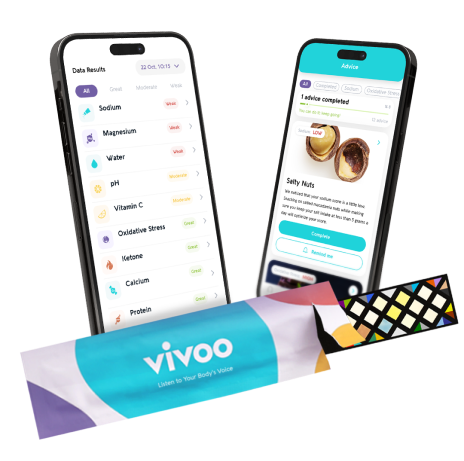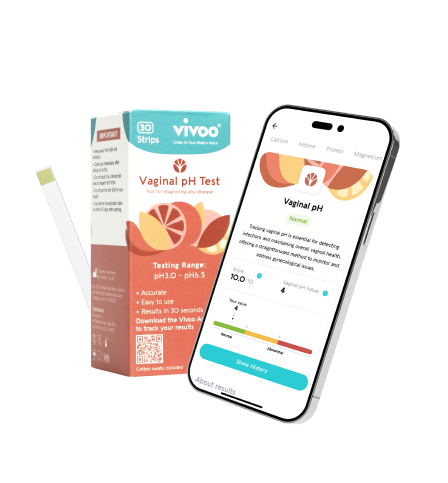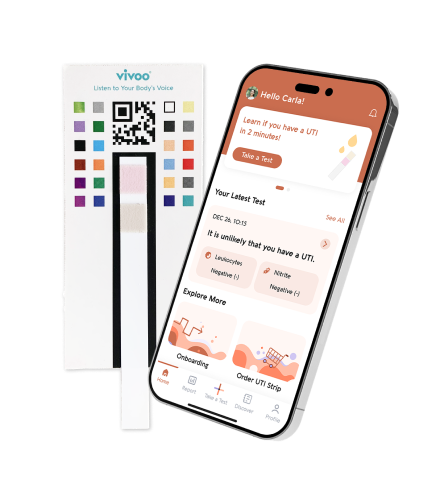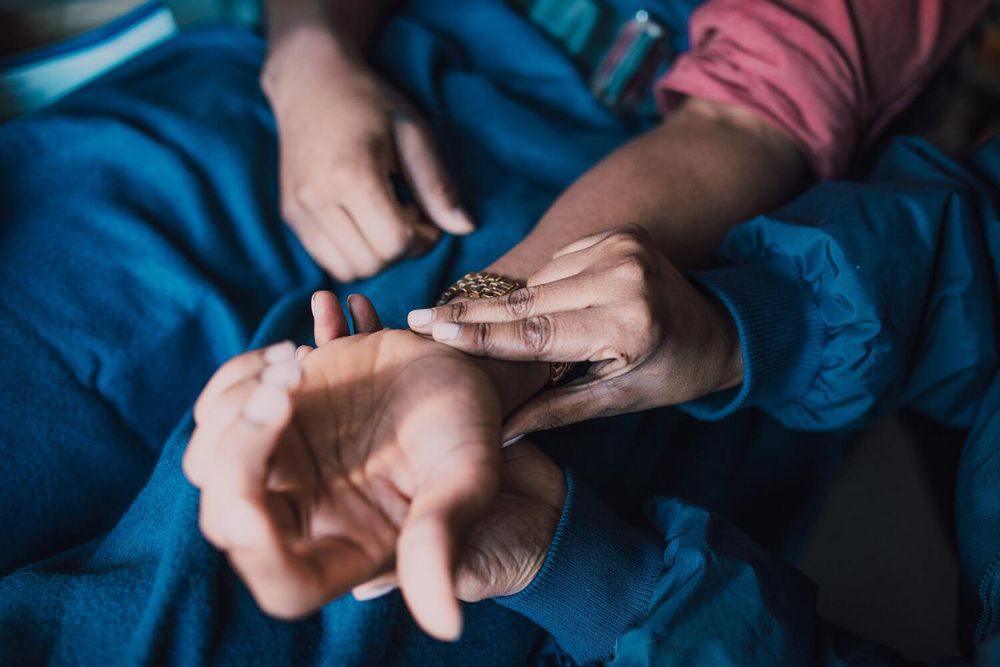Diabetes is a chronic disease in which the body either does not produce enough insulin or does not utilize insulin correctly — or both. This might result in blood sugar levels that are greater than usual. As a result, if you have diabetes, you should keep track of your blood sugar levels.
When you self-test your blood sugar multiple times a day using a glucometer, or meter, you must prick your finger to take blood for testing. Due to the inconvenience of this approach, you may seek a method to check your level that does not need this gear.
If finger pricks irritate you, don't despair - there is hope. With advances in blood sugar monitoring technologies, there may be no need for finger pricks in the future. You can check vitamin D, and vitamin deficiency tests at home thanks to technological innovations, you don't have to go to the doctor’s control so often.
How can you test your blood sugar?
There are several ways to test your blood sugar levels, including self-monitoring blood glucose (SMBG) using a glucose meter, continuous glucose monitoring (CGM) and an A1C test. It's important to note that, before testing your blood sugar, it's always recommended to check with a healthcare professional for instructions, as testing methods and frequency can vary depending on the individual's case and the type of diabetes they have.
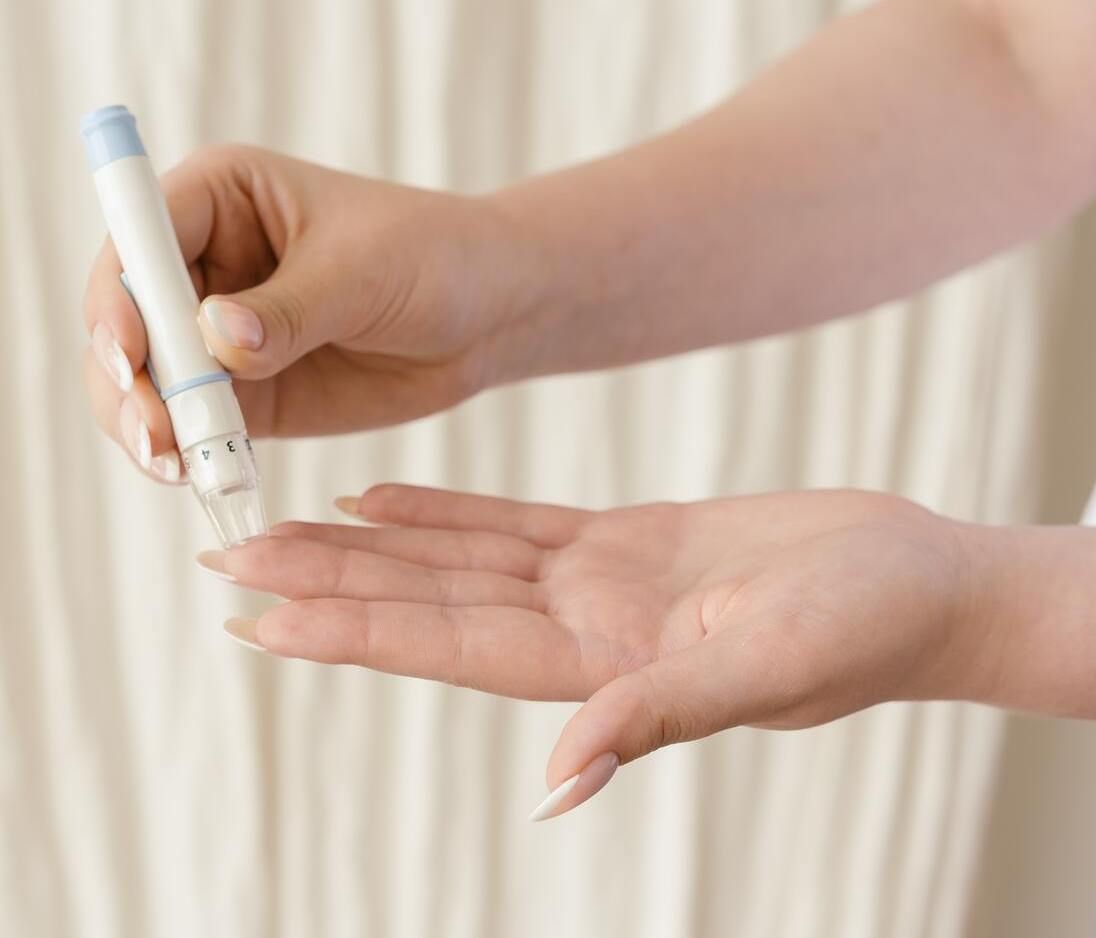
Blood glucose meter
A meter is the only gadget that requires a finger prick. This is the most generally accessible and least expensive choice.
Insert a test strip into the meter to use this instrument. You will pierce your finger to get a blood sample, which you will then put on the edge of the test strip to assess your blood sugar.
Glucometers are useful since they are tiny and portable, enabling them to be used anywhere. Your blood sugar readings are also precise and immediate.
Continuous glucose monitor (CGM)
You may also check your blood sugar using a continuous glucose monitor (CGM). Glucometers, on the other hand, can only monitor blood sugar when you test it.
In contrast, continuous glucose monitoring offers real-time measurements of glucose, or blood sugar, every few minutes. These devices entail the placement of a small sensor under your skin (usually in the abdomen).
This sensor detects your interstitial glucose level and transmits it to a pager-like monitor or an app on your phone. If your blood sugar level goes too high or too low, an alert will ring.
Despite the fact that continuous glucose monitoring devices embed a sensor under the skin, most need a finger prick at least once a day to calibrate the device.
Freestyle libre system
Another method for testing your blood sugar is the Freestyle Libre system. While this approach has several characteristics with a CGM and a meter, it differs in one important way: it does not need a finger prick.
With the Freestyle Libre, you'll still have a little sensor under your skin. It differs from a CGM in that it does not provide continuous readings.
When you wish to check your blood sugar level, you'll use a reader to scan the sensor rather than pricking your finger like you would with a meter.
Urine test
Urine is another method for measuring blood sugar levels. This entails putting a test strip into your urine. However, test strips can only detect sugar in your urine and cannot offer a precise blood sugar value.
Why should you check your blood sugar?
Blood sugar measurement gives valuable data for diabetes management. It can assist you with:
- Keeping track of how diabetes treatments affect blood sugar levels.
- Determining if your blood sugar levels are high or low.
- Keeping track of your progress toward your overall treatment objectives.
- Discovering how nutrition and exercise influence blood sugar levels.
- Recognizing how other variables, such as sickness or stress, influence blood sugar levels.

When should you check your blood sugar?
Checking blood sugar, also known as blood glucose, is important for people with diabetes or prediabetes as it helps them to manage their condition. It is also important for people without diabetes to check their blood sugar levels occasionally to check for prediabetes, a condition where the blood sugar is higher than normal but not high enough to be diagnosed as diabetes.
The American Diabetes Association recommends that people with diabetes check their blood sugar at least four times a day, typically before meals and at bedtime. People without diabetes should check their blood sugar level occasionally, especially if they have risk factors for diabetes such as being overweight, having high blood pressure, or having a family history of diabetes.
Consult with your doctor to determine how often you should check your blood sugar levels.
Can I test my own blood sugar levels?
You may check your blood sugar levels with a finger prick test or an electronic blood sugar monitor known as a flash glucose monitor or CGM. You may do this numerous times a day to keep track of your levels as you go about your day and figure out what to eat and how much medicine to take. Determine your optimal target range.
Diabetes is a chronic disorder that requires constant blood sugar monitoring throughout your life but not everyone with diabetes needs this amount of monitoring. If you use certain diabetic medications, however, you should monitor your blood sugar regularly. If you're unsure if that's you, ask your healthcare team; they'll advise you on whether to check them yourself and how often.
Blood sugar testing is essential for diabetes treatment. Accurate findings may be obtained by using a meter or continuous glucose monitoring. However, you may be looking for a painless way to monitor your blood sugar.
